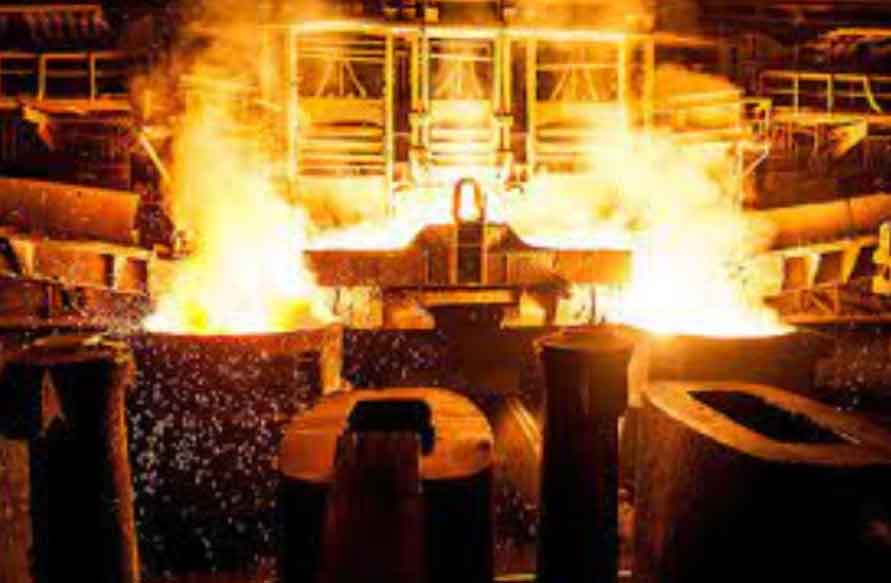
The sand casting manufacturing process is a widely used technique for producing metal parts and components. It involves creating molds from sand to form the desired shape and then pouring molten metal into the mold to create the final solid object. Here is an overview of the sand casting process:
- Pattern Making: The first step in sand casting is to create a pattern, which is a replica of the final part to be cast. The pattern is usually made from wood, plastic, or metal and is used to create the mold cavity. The pattern is slightly larger than the final part to account for the shrinkage of the metal during cooling.
- Mold Preparation: Sand molds are made using a mixture of sand, clay, and water. The sand is packed around the pattern inside a box or flask to create the mold cavity. The flask is then flipped over, and the pattern is removed, leaving the mold cavity.
- Core Production (Optional): In some cases, internal features of the part may require a separate sand core to be placed inside the mold cavity. Cores are made from sand mixed with a binder and are cured before being inserted into the mold.
- Molten Metal Pouring: Once the mold is prepared, it is closed, and molten metal is poured into the mold cavity. The metal is typically heated in a furnace to a temperature suitable for pouring.
- Solidification and Cooling: After the molten metal is poured, it solidifies inside the mold. The cooling time depends on the size and complexity of the casting. During this phase, the metal takes the shape of the mold cavity.
- Shakeout: Once the metal has solidified and cooled, the mold is opened, and the casting is removed. In some cases, the mold may be broken apart to remove the casting, a process called shakeout.
- Finishing: After shakeout, the casting may require further finishing processes, such as trimming excess metal, grinding, machining, and cleaning. Surface treatments, such as painting or plating, can also be applied as needed.
- Inspection and Quality Control: The final step involves inspecting the casting for any defects or imperfections. The casting must meet the desired specifications and tolerances before it can be used in the intended application.
The sand casting process offers several advantages, including the ability to create complex shapes, the low cost of materials, and the flexibility to work with various metals and alloys. However, it may not be suitable for producing high-precision parts or for large-scale production runs due to longer lead times and the need for individual molds for each casting. In such cases, other casting methods like die casting or investment casting may be more appropriate.
